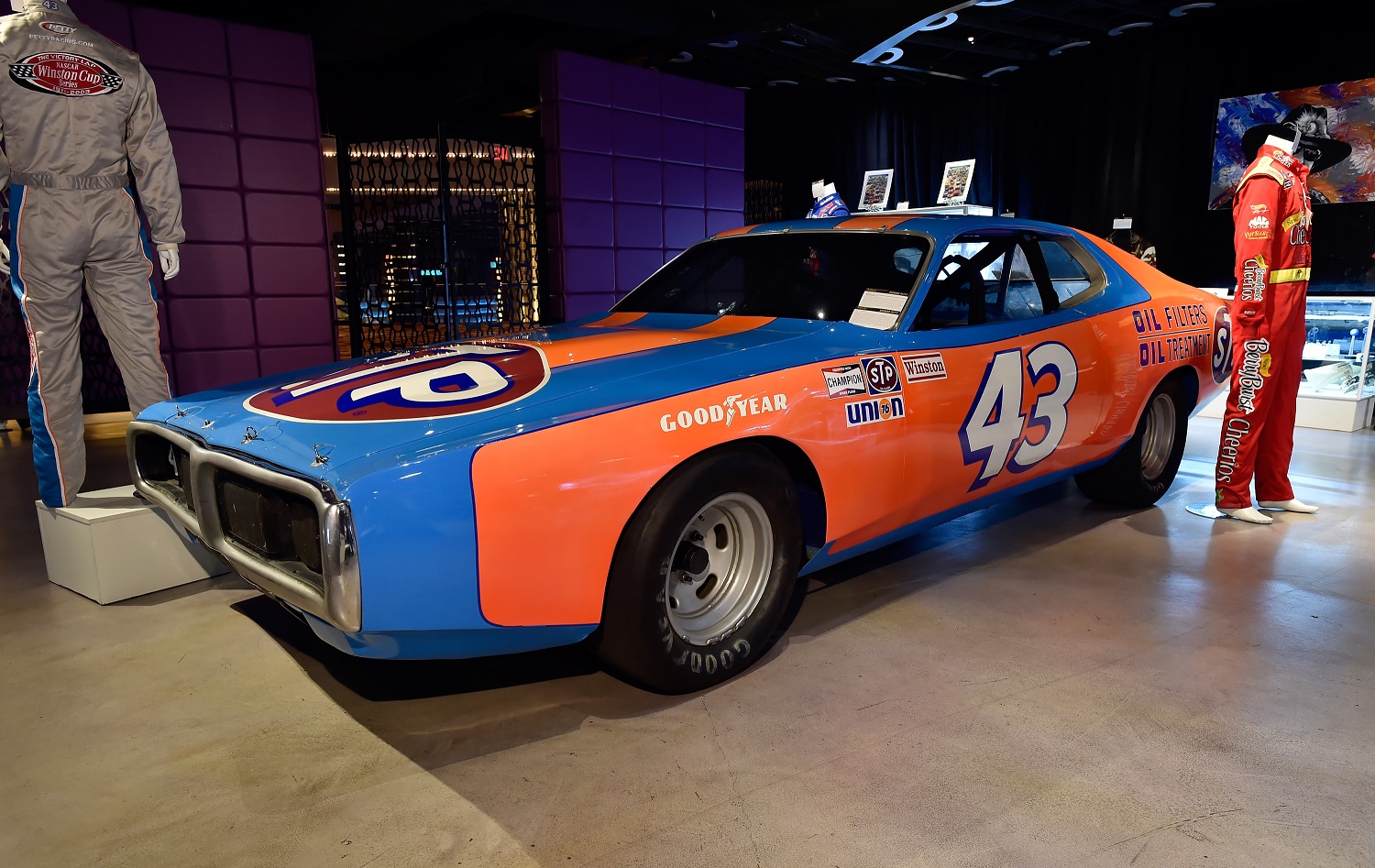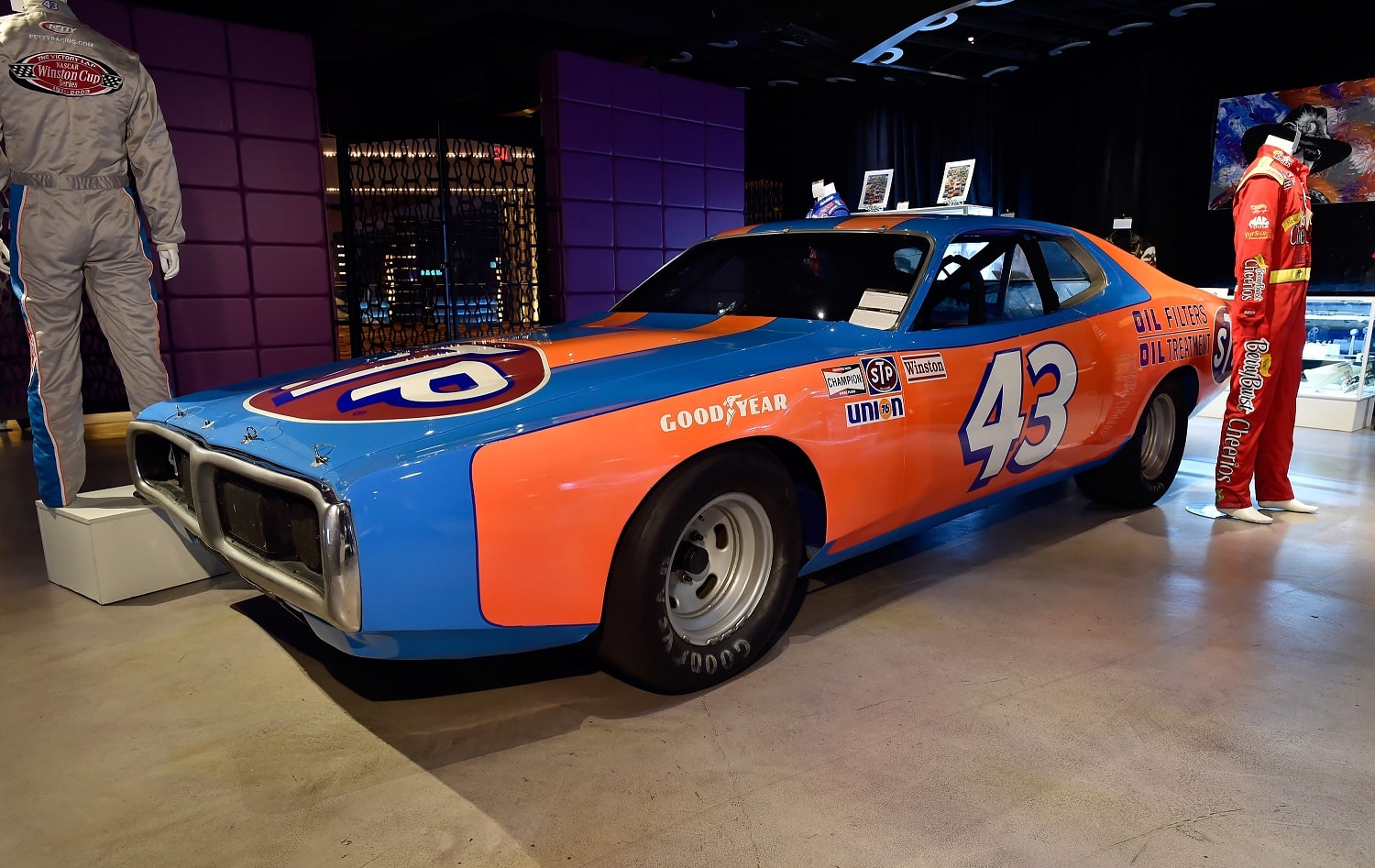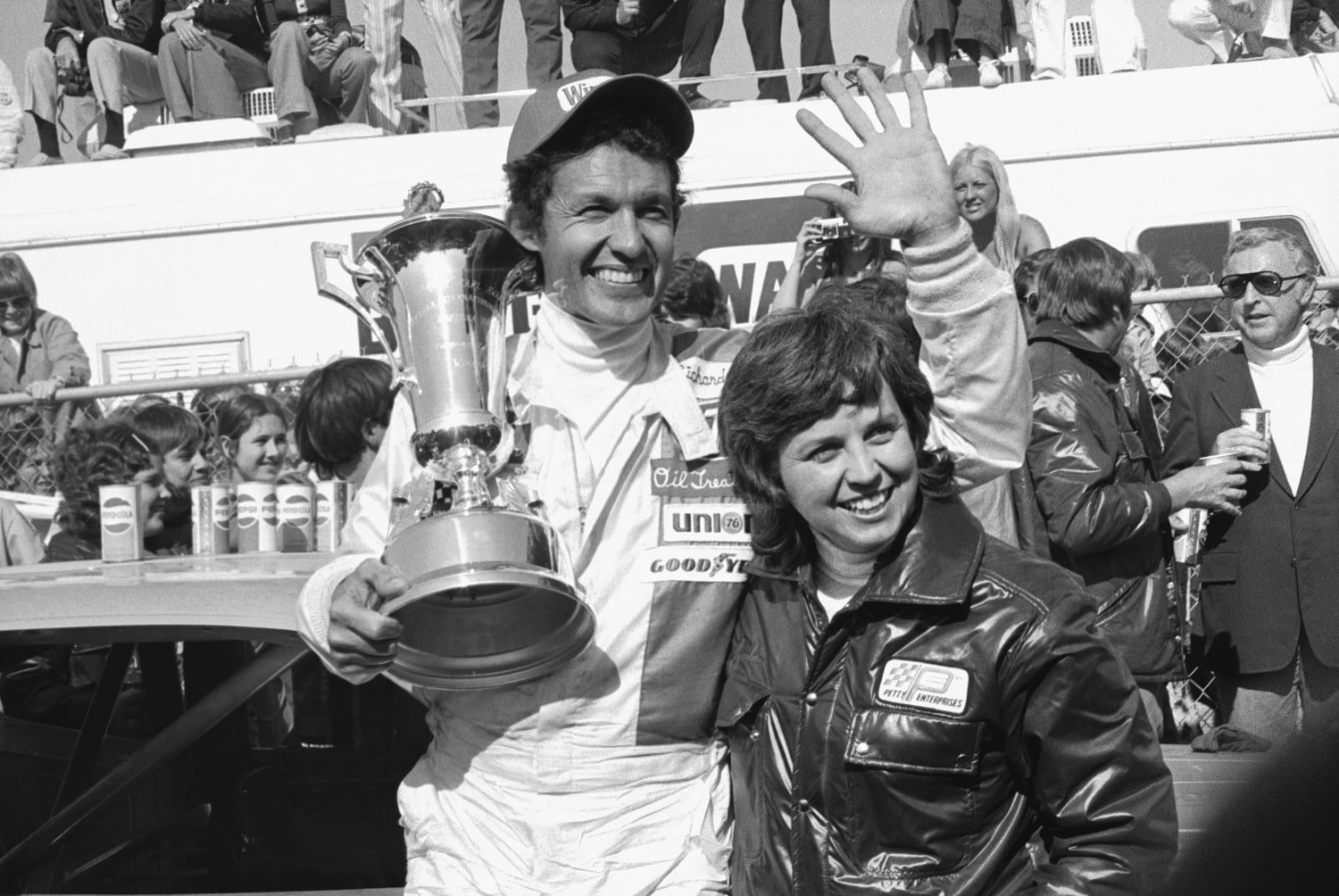NASCAR
Why Did NASCAR Shorten the Daytona 500 to 450 Miles?

“Fuel strategy” hasn’t been much of a consideration in the NASCAR Cup Series since the arrival of stage racing and its scheduled breaks in the action. However, conserving fuel was on everyone’s mind for the 1974 Daytona 500 and half the season that followed.
Thanks to rain, there have been shorter Daytona 500s before and since Richard Petty’s victory that day on the superspeedway. But Feb. 17, 1974, marked the only time NASCAR intentionally set out to do just 450 miles of racing at Daytona.
The Daytona 500 has been around since Lee Petty’s win in 1959

NASCAR had been racing at Daytona International Speedway since Lee Petty, one of only two drivers on the lead lap, fought off Johnny Beauchamp in the 1959 Daytona 500. The Hall of Fame owner and driver collected a check for $19,050, which is about $195,000 now when adjusted for inflation.
The Daytona 500 has come a long way since. The total purse increased 20-fold to $1.1 million by 1985 and $18 million in 2015, the last time NASCAR divulged purse information for the race.
Petty never won another Daytona 500, but his record-setting son did. Richard Petty won the Cup Series’ most prestigious race for the first time in 1964 and then six more times in the next 17 seasons. His triumph there in 1974 was the first time a driver went back-to-back in the event, but that wasn’t the most noteworthy aspect of the race.
Richard Petty won a 450-mile Daytona 500 in 1974
The October 1973 war in the Middle East lasted less than three weeks, but the ramifications extended beyond as the Organization of Petroleum Exporting Countries (OPEC) stopped selling oil to the United States and several other Western countries over their support of Israel. Among other things, it quickly resulted in long lines at the fuel pumps for consumers, with service stations frequently running out of gas.
Recognizing the optics of 40 cars racking up a combined 20,000 miles strictly for entertainment purposes were bad, NASCAR officials acceded to the wishes of government officials and made a largely symbolic adjustment by shortening races by 10%.
It began with the Winston Western 500 at Riverside International to start the season and continued through the World 600 at Charlotte on Memorial Day weekend. Races returned to the normal distances when the schedule resumed two weeks later at Riverside.
Recordkeeping for the shortened races shows leader data for the first 10% of the laps as “not recorded.” In the case of the Daytona 500, there were 20 phantom laps before Cale Yarborough and pole-sitter David Pearson traded the lead over the first 11 laps. No one led for more than seven at a time until Richard Petty took charge from Laps 150-169.
Petty had to pit after cutting a tire but returned to battle Donnie Allison (the two combined for 29 turns out front) the rest of the way, taking the lead for good with 11 to go on his way to the checkered flag.
The race was noteworthy in several respects

That the 1974 Daytona 500 consisted of just 450 miles was noteworthy in itself. But the factoid of the day had to be the 59 lead changes. That held up as the record for the race until Trevor Bayne made the 74th and final move to the lead to win the 2011 Daytona 500. For perspective’s sake, there were just 15 lead changes when Denny Hamlin won in 2019.
Of almost equal interest, and something unimaginable today, ABC made a late decision to televise the race live – but only the second half of it – with Keith Jackson and Jackie Stewart doing the commentary. It actually constituted progress; from 1962-73, the network showed an edited tape of the Daytona 500 a week later on Wide World of Sports.
Got a question or observation about racing? Sportscasting’s John Moriello does a mailbag column each Friday. Write to him at [email protected].











